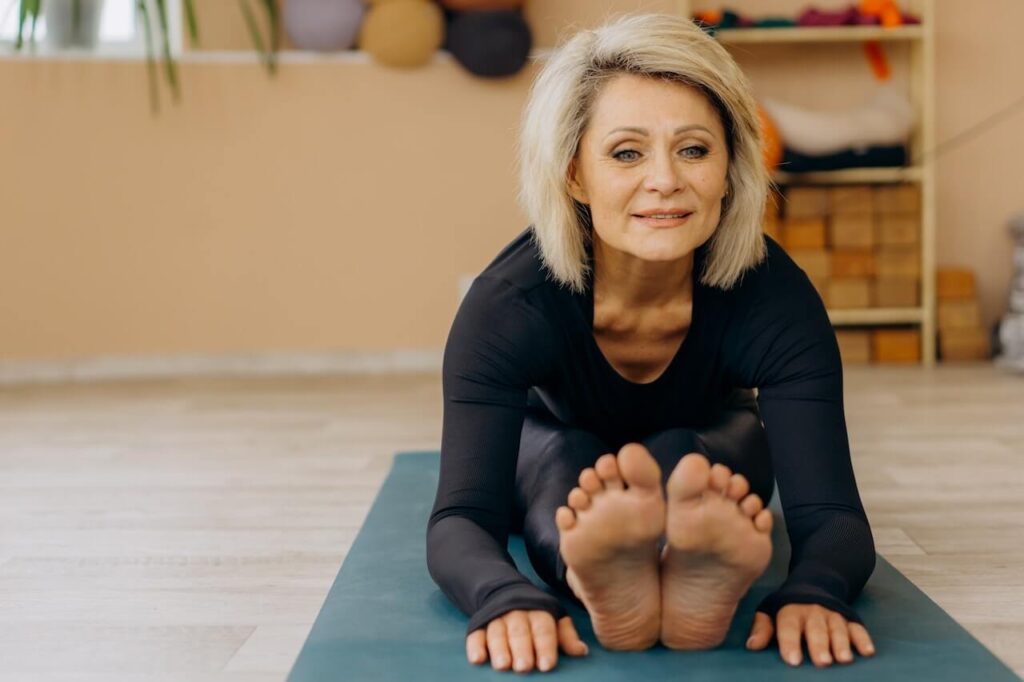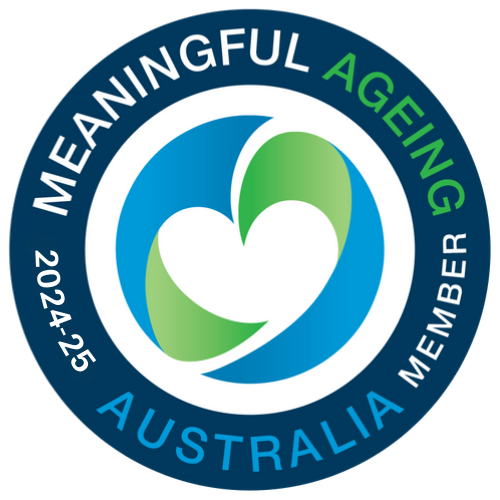Arthritis is a term used for a collection of conditions characterised by joint pain, swelling and stiffness, often due to inflammation. There are many different types of arthritis, with the most common arthritis in older adults being Osteoarthritis and Rheumatoid Arthritis. As the condition often worsens with age, it is important for elderly with arthritis to learn how to manage their disease and associated symptoms.

Arthritis Australia has provided a helpful resource titled: “10 Steps for Living Well With Arthritis”, which contains advice for those dealing with the condition. The purpose of this article is to share the above resource, as well as provide additional advice for carers or family members of those living with arthritis.
Eldery with arthritis
The most important first step in managing any condition is to take the time to do some research and educate yourself on common symptoms and management techniques. With a greater understanding of what you or someone you’re caring for is going through, it can help you feel more in control of living with the disease. Having knowledge of the different types of arthritis can also be helpful in pain management and lifestyle – whether that be staying active or knowing when to rest.
It is important to ensure that someone who has arthritis in old age makes regular visits to their doctor for checkups, as well as notifying them of any changes to the condition. Early diagnosis and treatment plans can lessen the impact that the condition has on daily life, so it is worth undergoing any necessary tests to find out what the best treatment is.
Impact of arthritis in older adults
The impact of arthritis in older adults can be presented in a variety of ways. It can be easy to get carried away with daily life and feel overloaded sometimes, however, it is important when managing arthritis to ensure that there is a balance with activities and rest, as too much of either can cause pain. Arthritis Australia recommends creating a plan for the day, with time allocated for activities, followed by lots of rest. If a client is having a day with more pain than usual, it is worth adjusting the schedule to include more rest and pain management.
In addition, it is worth looking into ways that you can make a client’s home more arthritis friendly, such as finding items they struggle to use and seeing if alternative options exist. For example, adapted cutlery and cooking utensils can allow a client to hold more comfortably and assist them in tasks we may otherwise have overlooked.
Stores like mobilityhq have a range of arthritis-friendly items available for sale.
Treatment and pain management for older adults with arthritis
Your doctor may suggest a variety of treatment options or lifestyle changes to treat arthritis, including physiotherapy, podiatry, medication such as pain relievers and anti-inflammatory drugs. A healthy diet and regular exercise are important factors to introduce into a client’s lifestyle, as being overweight is a risk factor of Osteoarthritis.
Carers, such as those at Vital Home Health, are available to help clients schedule doctors appointments, organise transport, and provide other homecare services. Your healthcare team are also a great source of knowledge: whether you see a GP, specialist (such as a rheumatologist) or your carer, you should feel comfortable asking as many questions as you like to access up to date information about your condition, including common symptoms and treatment options.
Exercise
Regular exercise for older adults with arthritis is crucial for managing the condition and is an effective way of treating arthritis! Helping a client living with arthritis to participate in physical activity can help decrease pain and stiffness, increase flexibility and strengthen muscles, which takes some strain off their joints.
Diet and lifestyle changes
Certain dietary changes can greatly assist in managing arthritis by reducing inflammation. Foods rich in omega 3 oils, such as salmon and other oily fish, linseeds, walnuts, canola oil and fish oil supplements are useful things to pick up when helping a client with grocery shopping.
Pain management
Other forms of treatment for arthritis in elderly can include using heat and ice packs to provide temporary pain relief to targeted areas of the body. They can also be a welcome distraction for clients to take their mind off the pain and relax. Clients should discuss their pain with their specialist, including a physiotherapist, who can provide further ways to manage pain.
Most common types of arthritis in older adults
The most common arthritis in older adults include Osteoarthritis and Rheumatoid Arthritis.
Osteoarthritis (OA) is a condition that affects the entire joint, including the bone, cartilage, ligaments and surrounding muscles. It mostly affects the knees, hips, fingers and big toe joints, and is often seen in those over 40 who have suffered existing joint injuries. Many daily activities can be adversely affected, such as walking, using stairs or opening jars and other tasks requiring dexterity. OA is exacerbated by being overweight, having a pre-existing joint injury or having a family history of OA.
Symptoms:
- Osteoarthritis usually presents as joint stiffness over months or even years.
- Joints may make a clicking sound and experience a loss in flexibility.
Diagnosis:
- A doctor may use an X-ray to examine the extent of bone change in the joint.
- Blood tests can be conducted to rule out markers of other types or arthritis, such as Rheumatoid Arthritis.
Treatment:
- Exercise/weight loss programs to improve mobility and take strain off impacted joints.
- Pain management, including paracetamol or anti-inflammatory drugs
- Joint replacement surgery if symptoms are not able to be managed using the above techniques.
Rheumatoid Arthritis (RA) is an autoimmune disease where the immune system attacks otherwise healthy tissues in the body, causing swelling and pain in joints. This condition can affect larger joints, such as the hips and knees, however is most commonly presented in smaller bones in the hands and feet. The cause of this condition is largely unknown, however, it can be linked to smoking and a family history of RA.
Symptoms:
- Joint pain and swelling.
- Joint stiffness, characteristically first thing in the morning.
Diagnosis:
- Blood tests can be used to detect the presence of inflammatory markers and antibodies, which suggest autoimmune disease.
- Blood tests for Rheumatoid Factor are also useful to indicate the type of arthritis present.
- X-rays can be used to identify the extent of bone and joint damage, but only if the condition has progressed.
Treatment:
- Anti-inflammatory drugs and paracetamol can be used to manage pain
- Steroid injections such as cortisol.
- A regular exercise program and healthy lifestyle to lessen strain on joints.
Conclusion
In conclusion, it is important to note that arthritis can be a painful condition to manage and may impact daily activities, however, it is still possible for clients to get the most out of life with the help of carers and other health professionals. It can be frustrating, stressful, embarrassing or even depressing dealing with chronic pain, and it is important that when a client expresses their need for mental health or other support, they can be made to feel validated and understood and be provided with the appropriate support.
Your local state/territory Arthritis Office can have the latest information for carers and clients, as well as support services and other forms of assistance. You can contact an Arthritis Office on 1800 011 041. You can read the full PDF from Arthritis Australia here.








